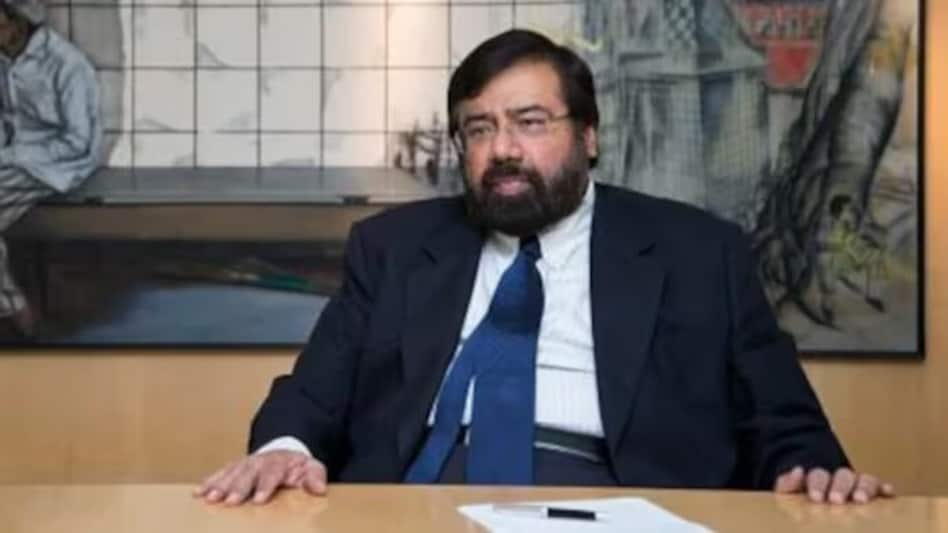 Harsh Goenka, Chairman of the RPG Group
Harsh Goenka, Chairman of the RPG Group
 Harsh Goenka, Chairman of the RPG Group
Harsh Goenka, Chairman of the RPG GroupIndustrialist Harsh Goenka has ignited debate with a pointed critique of India’s position in the global technology race, contrasting it with the dominant roles of China, the US, and the European Union.
Goenka, in a post on X (formally Twitter), shared a Venn diagram that defines the world’s tech landscape in sharp terms: China builds, America innovates, Europe regulates.
The graphic illustrates China’s dominance in drones, advanced batteries, and 5G, the U.S.’s lead in Big Tech, biotech, and advanced physics, and the EU’s growing clout in setting regulatory standards.
“Where is India?” Goenka asked, implying a gap between ambition and execution.
While India has made strides, including climbing from 81st to 40th in the Global Innovation Index between 2015 and 2023, it remains constrained by systemic challenges.
The country spends just 0.64% of its GDP on R&D, far behind China’s 2.68% and America’s 3.5%. Even a single Chinese firm, Huawei, outspends the entire Indian public and private sectors in research.
China’s tech rise has been fueled by state-driven policies like “Made in China 2025,” with nearly $500 billion in annual R&D and a targeted push in sectors such as semiconductors and EVs. The U.S., backed by Silicon Valley’s venture capital ecosystem, continues to dominate deep tech and disruptive innovation.
India, meanwhile, has seen progress in areas like digital infrastructure—UPI and Aadhaar are globally recognized—but its late entry into critical sectors like semiconductors and low private investment in high-risk technologies highlight a slower pace.
Goenka’s post, more than a social media statement, reads as a wake-up call: India’s ambitions won’t be realized without scaling investment, coordination, and urgency.